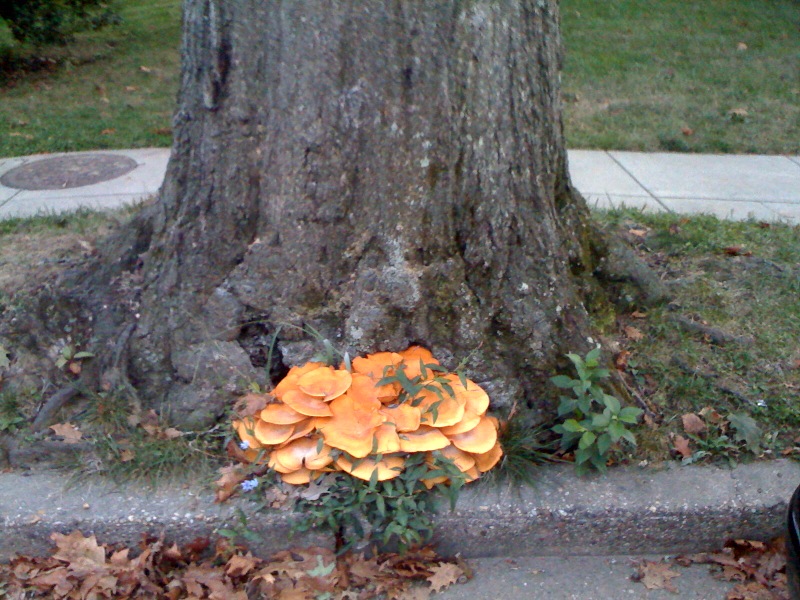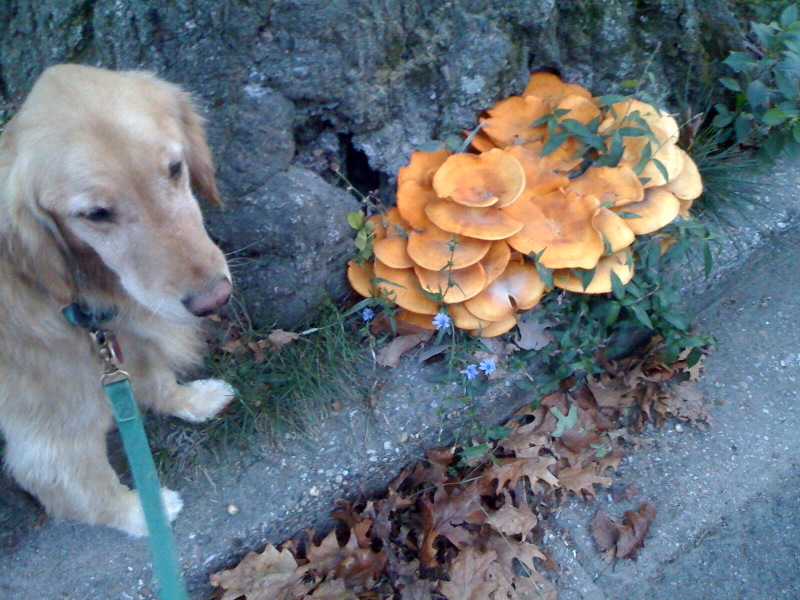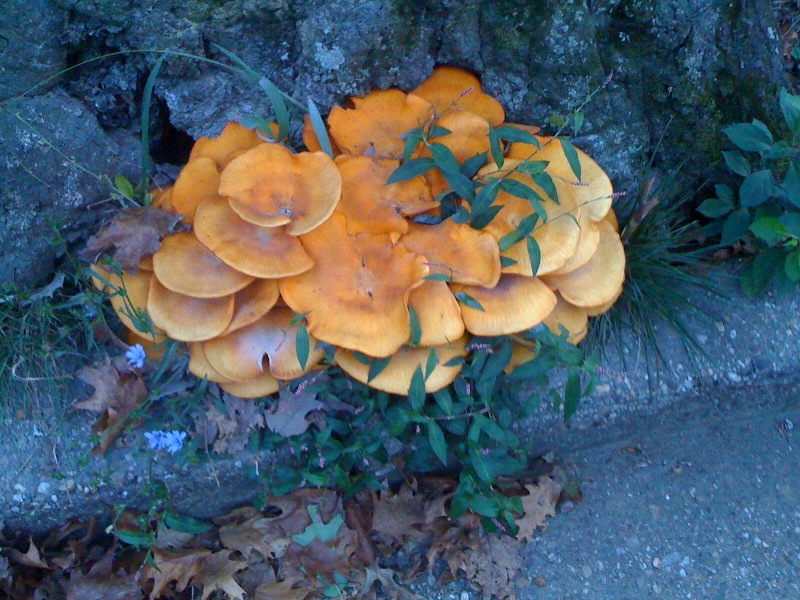.
On this lazy Sunday morning:
.
[Referencing the “sleeping” version of the pangram used by typing teachers.]
.
.
On this lazy Sunday morning:
.
[Referencing the “sleeping” version of the pangram used by typing teachers.]
.
The other day a catalog arrived in the mail. On its cover was the 2014 Orvis Cover Dog, a golden retriever named Hunni. Though we see only a profile, the look on her face is the unmistakable mien of Goldens: happiness rising to delighted contentment. The picture prompted me to dig out two photos of my own dog Jesse, from nine years ago.
.
.
.
.
(I think I see in Jesse’s eye a silhouette of the head of the photographer, me.)
.
“Snowflakes on my head and shoulders make me happy …”
[Apologies to John Denver]
.
Jesse with soon-to-bloom daffodils
.
“A treat please?”
.
.
My dog Jesse when he awoke yesterday morning.
.
.
I was struck by how his twisted body formed an S-curve. In aesthetics this is known as the line of beauty. This, William Hogarth thought, was the basis for all great art.
The story of Narcissus is summed up nicely here.
.
.
A couple of years ago, in a short review of a slim book of poetry, Eric McHenry made this observation:
“American poetry — according to one of the many competing caricatures — is dominated by English professors and the minor epiphanies they have while walking their dogs.”
Walking my dog this evening I came across a “growth” attached to the base of a 70-year-old oak tree. Its peach color made my golden retriever look dull in comparison (sorry, Jesse) and its hue intensified as blue evening descended. An example of the power of complementary colors, this was a minor epiphany to my non-professorial American eyes.

.
 .
.
. 